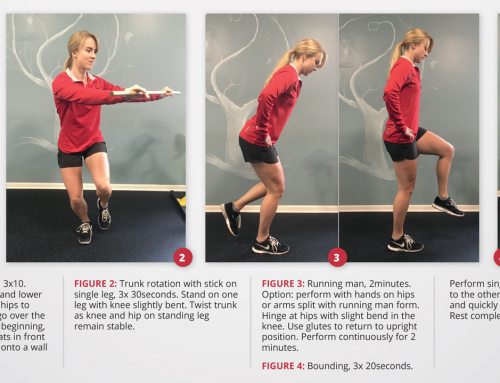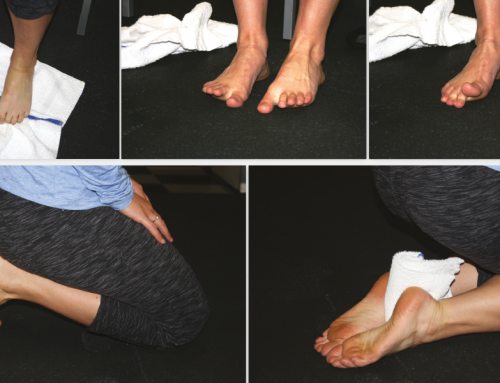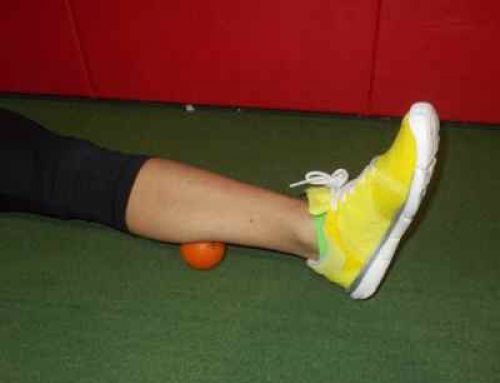By Carolinas Healthcare System
At some point, most avid runners experience a running-related injury, such as Achilles tendonitis, shin splint or plantar fasciitis. Often such injuries are thought to develop from overuse, but according to Dr. Andrew Ball, PT, DPT, PhD, a board-certified orthopedic doctor of physical therapy with Carolinas Rehabilitation, part of Carolinas HealthCare System, the source of an injury can enter the picture long before a runner’s feet hit the pavement.
“It’s important for runners to be familiar with their foot type,” says Ball. “People have different degrees of tilt to their feet, and their running shoes need to match their foot type with the appropriate balance of support and cushioning.”
Most people fall into one of three categories:
1) Flat feet (over-pronation)
“With little to no arch, you’ll want to find a shoe that stabilizes and guides your foot with just the right amount of cushion and framework,” explains Ball. “Be mindful not to overdo it with too much cushioning – this could lead to injury, like plantar fasciitis.” You may think more support and cushion means better quality, but according to Ball, it’s a rare runner who needs that extreme level of support.
2) High-arched feet (supinator)
“If you have a high arch, avoid running in rigid shoes, which can lead to heel spurs or Achilles tendonitis. Find a flexible, lightly cushioned shoe that absorbs shock,” he adds.
3) Neutral feet
“Runners that are slightly flat-footed with some arch should choose a running shoe that’s neutral without an extreme cushion or tight support,” says Ball. Look for a stability running shoe that provides some arch support with a moderate amount of cushioning.
Selecting the right running shoes for your particular foot type can be a challenging, yet vital step toward injury-free running.
# # #
If you think you may have an overuse injury, call 704-512-3995 or visit www.CarolinasHealthCare.org/Sports to schedule a next-day appointment with a running expert at one of our many Sports Medicine and Injury Care locations.






